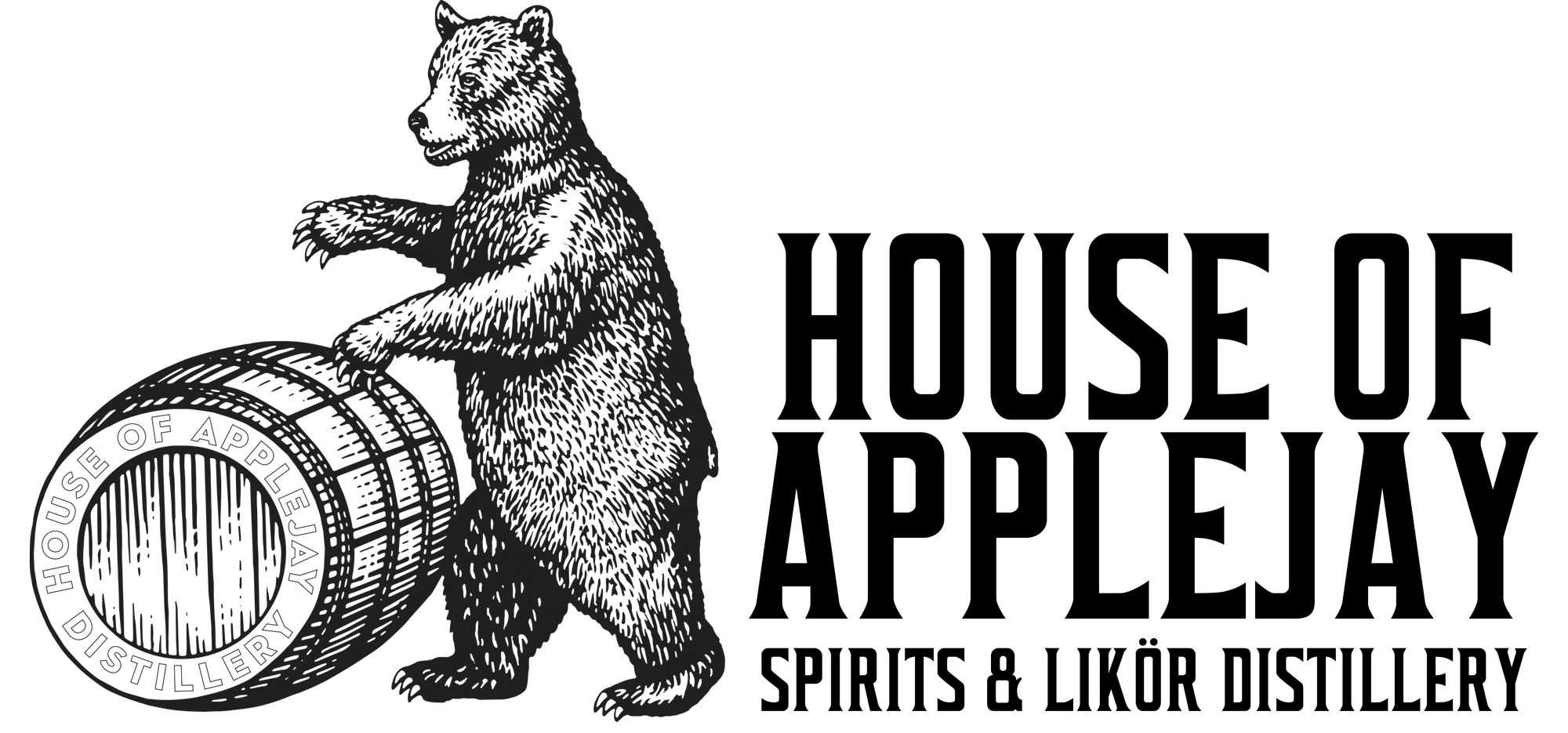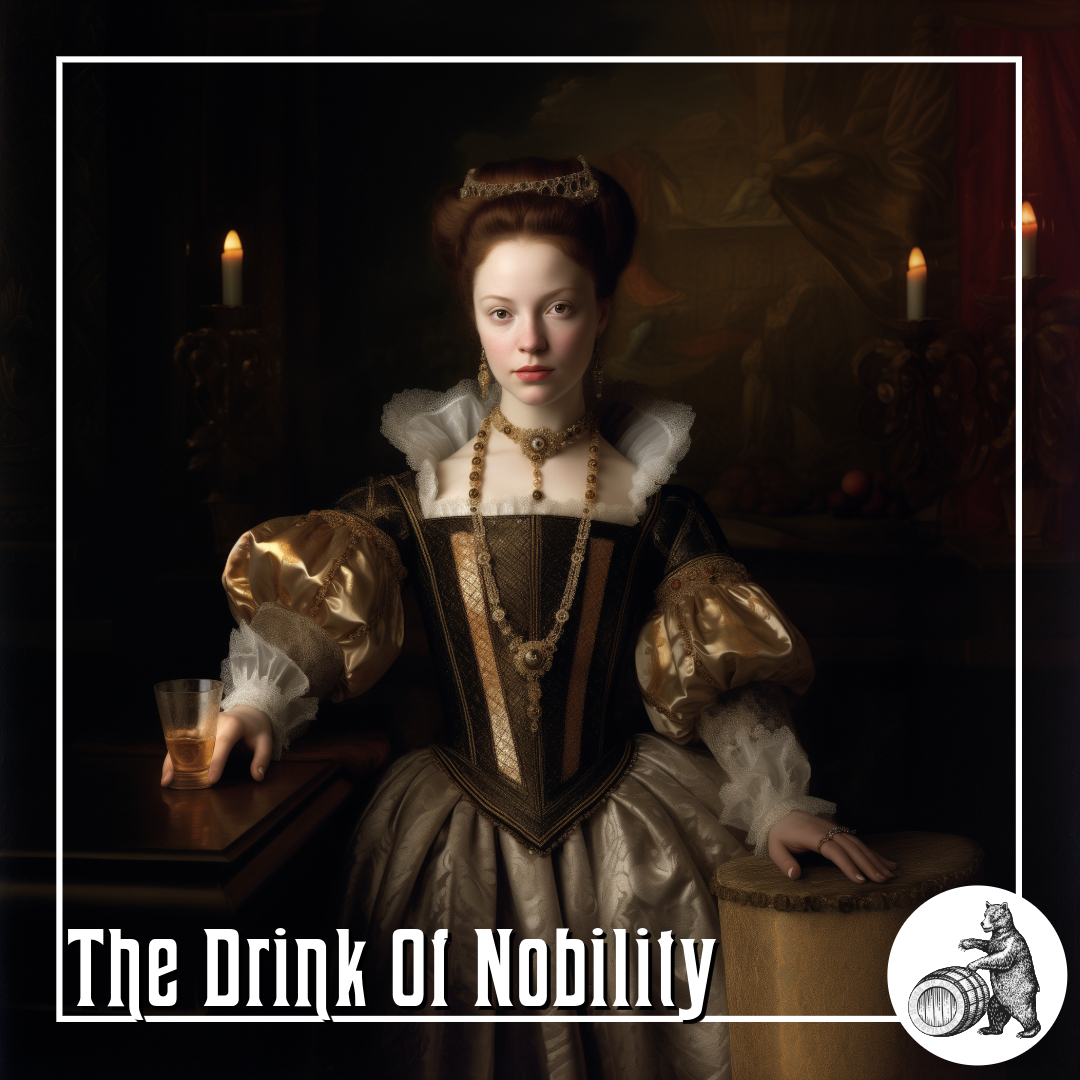The Drink of Nobility
Likör, An Aristocratic Elixir
Likör, or liqueurs, stand as historical symbols of prestige and opulence, once exclusively savored by the elite and nobility of Europe. The rich and intricate history of these spiced and sweetened spirits is intertwined with the luxury of sugar, and other spices making them a delicacy reserved for the privileged few. From royal courts to elegant soirées, Liköre have graced the tables of the rich, offering a taste of indulgence either as an aperitif during a cozy evening or as a digestif after a sumptuous meal.
The Origins of Likör (liqueur)
The origins of Likör production can be traced back to ancient civilizations, including the Egyptians, Greeks, and Romans. These early societies developed intricate techniques for extracting flavors from a variety of plants and herbs, employing processes such as distillation and maceration. In the Middle Ages, monasteries emerged as key contributors to the evolution of Likör making. Skilled monks and alchemists within these institutions experimented in distillation and herbal extraction. Their endeavors led to the creation of herbal elixirs and tonics crafted for medicinal purposes. In the Renaissance period Likör production entered a phase of heightened sophistication during this era, with recipes becoming more refined and palatable. These formulations were often guarded as closely held secrets within families or monastic orders, adding an air of mystique to the art of liqueur crafting.
The Sweet Elegance of Likör (liqueur)
In bygone eras, Likör stood as beverages reserved exclusively for the privileged elite in Europe. The primary factor that underscored this exclusivity was the high cost of ingredients. Luxurious elements such as rare spices, rose petals, orange zest, or the coveted “white gold” (sugar) made Likör an indulgence only accessible to the wealthy. During this historical period, sugar, in particular, held significant value, making the indulgence in Likör a privilege restricted to the affluent class. Presenting Likör became a proclamation of the wealth and status of those who enjoyed them. These opulent, sweet concoctions symbolized refined taste and sophistication, transitioning from being primarily medicinal to serving the pleasure of the elite. Beyond delighting the palate, these exclusive beverages served as a visible demonstration of one’s elevated social standing.
Likör became an integral part of aristocratic social rituals, served in both formal and intimate settings. Whether as an aperitif to commence an evening or a digestif to conclude a sumptuous meal, Likör added a touch of luxury to every noble gathering. The act of sipping on a carefully crafted Likör became a ritual that encapsulated the elegance of European high society.
Catherine de Medici & her favorite Likör (liqueur)
During the 16th century, Catherine de Medici, destined to become the Queen of France, wielded significant influence in bringing Likör into vogue among European nobility. Her union with the future king, Henry II, in 1533, served as the catalyst for introducing Likör culture to the French Court. In an era when distillates, spices and sugar were deemed luxurious ingredients, Likör solidified its status as an exclusive beverage reserved for the noble class.
Legend has it that Catherine de Medici had a penchant for Likör made from a blend of exquisite ingredients, including rose petals, orange, and jasmine. This carefully crafted elixir not only reflected her personal taste but also set a standard for the sophisticated Likör enjoyed by the European aristocracy. Catherine de Medici’s influence was profound, and Likör drinking soon became a fashionable trend among European nobles. The demand for these exclusive beverages soared, and Likör found a permanent place in the luxurious lifestyles of the elite.
The Cultural Tapestry of Likör (liqueur) as Aperitifs and Digestifs
Today, Likör continue to embody the historical legacy of indulgence and sophistication. While the exclusivity associated with sugar has diminished, the tradition of savoring Likör as a symbol of luxury and refinement endures.
The tradition of sipping Likör as aperitifs and digestifs has deep cultural roots, particularly in European dining customs. This practice is not only about flavor but also about creating a holistic sensory experience that enhances the enjoyment of food and drink. In essence, Likör as both aperitifs and digestifs contribute to the art of dining, adding layers of taste and refinement to the culinary journey. Whether enjoyed before or after a meal, the careful selection and appreciation of Likör underscore their role as versatile and indispensable companions to the gastronomic experience.
The Distilling Culture
BLOG
Embark on a global journey, and you’ll find that cultures possess tales that harken back to their ancient beginnings of distillation, brewing, and winemaking.
info@houseofapplejay.com
67 Fowler St, Bldg B, East Ellijay, GA 30540

